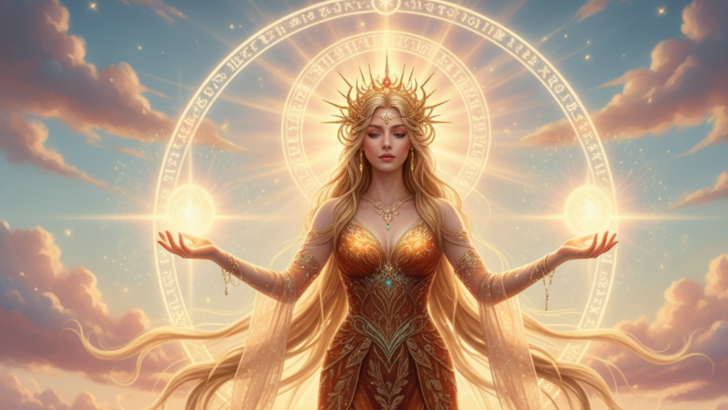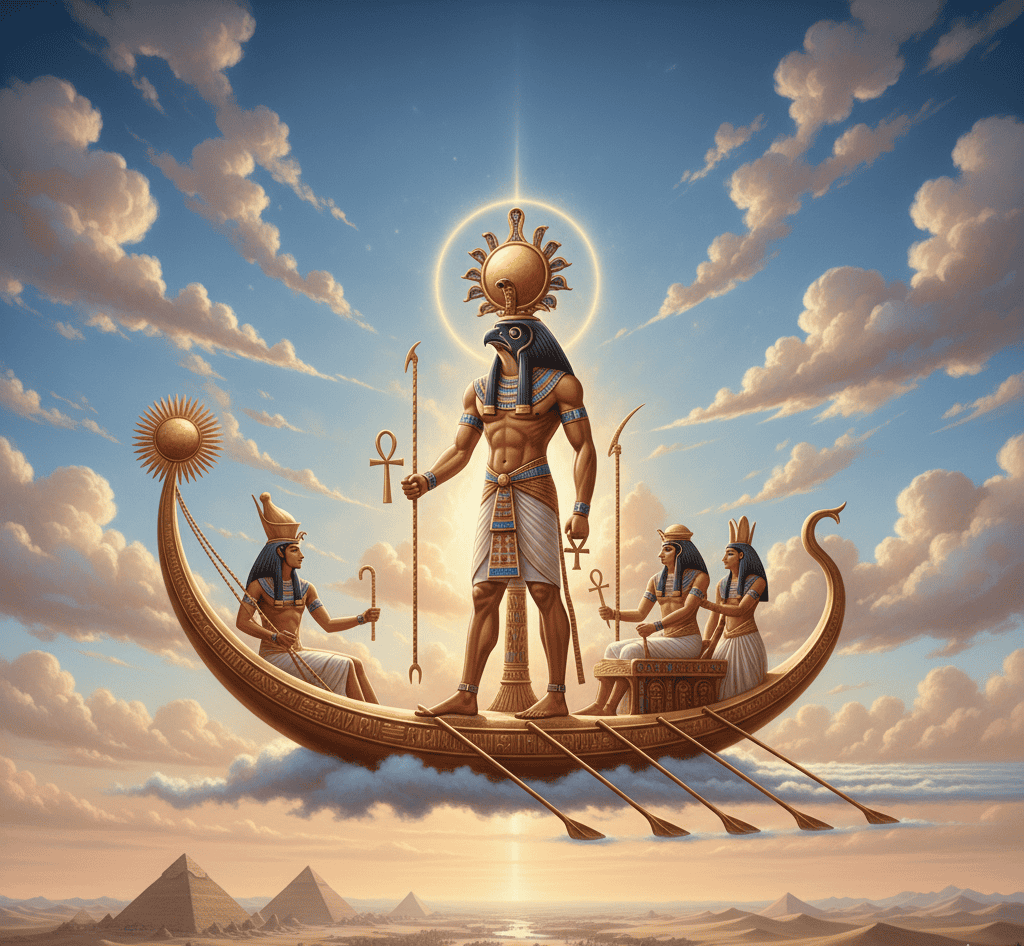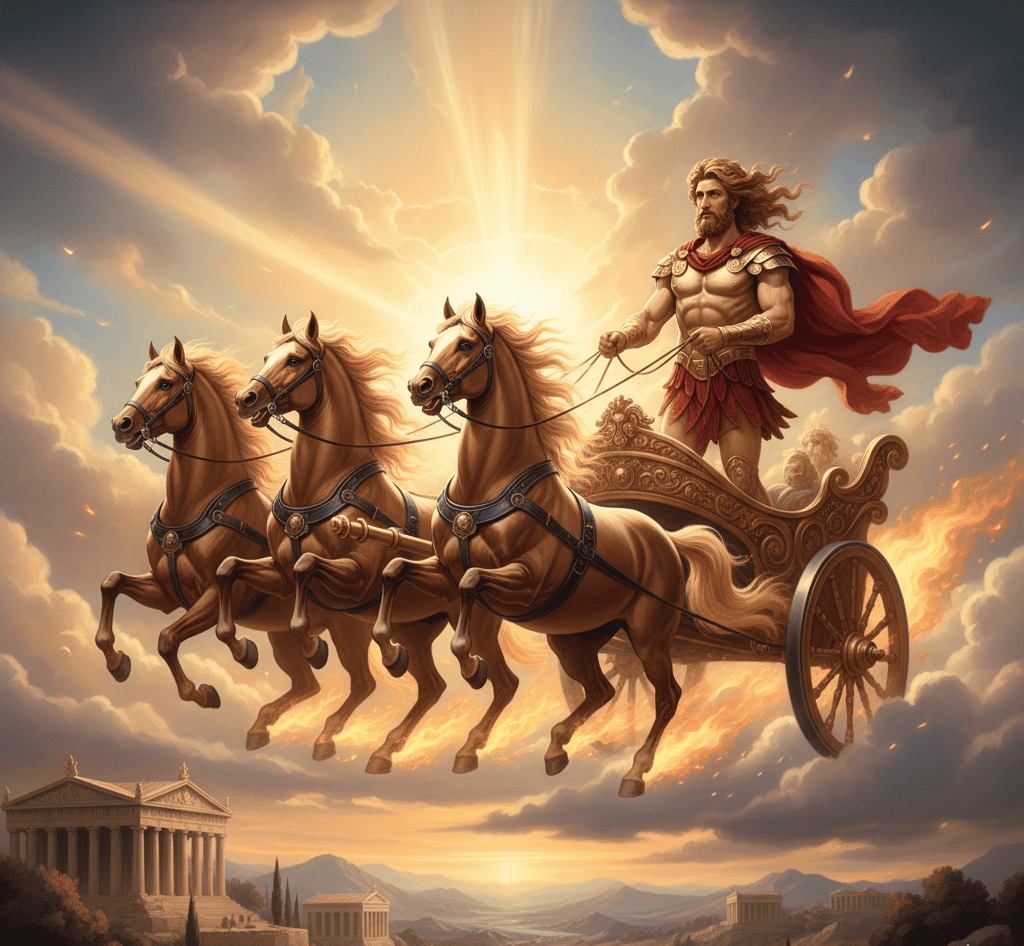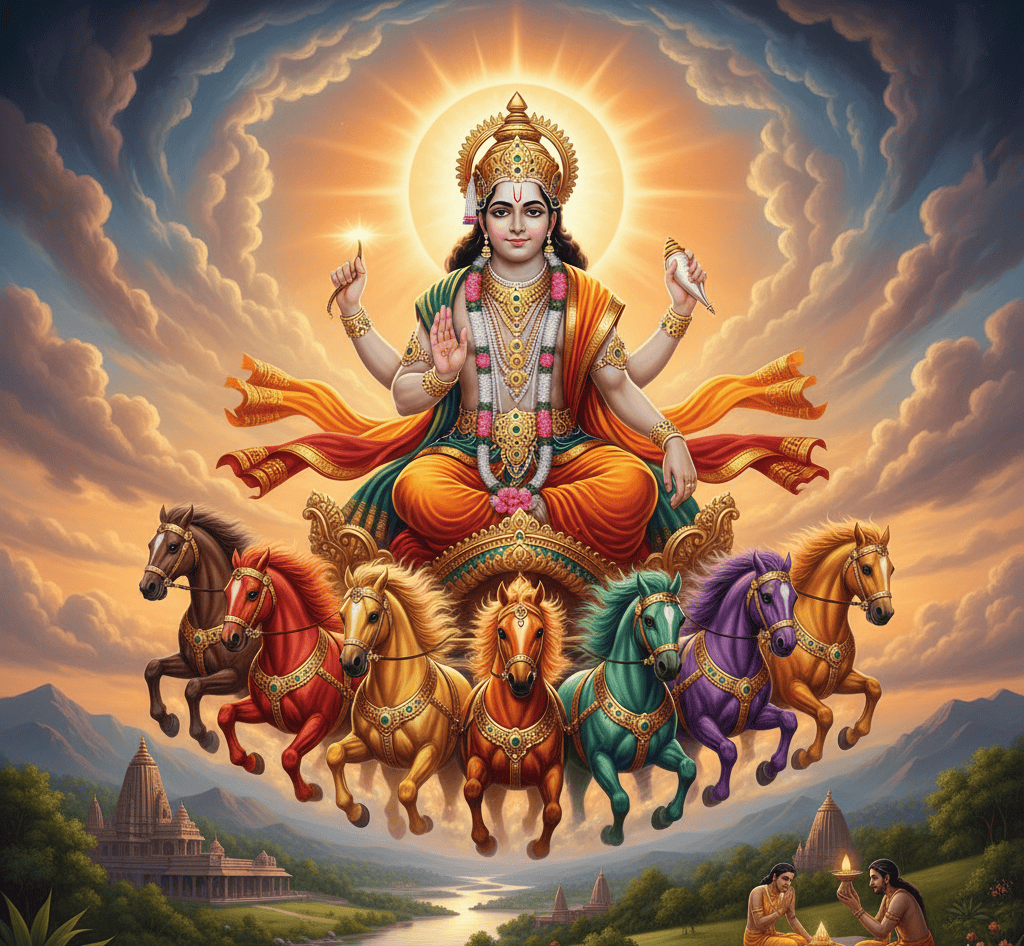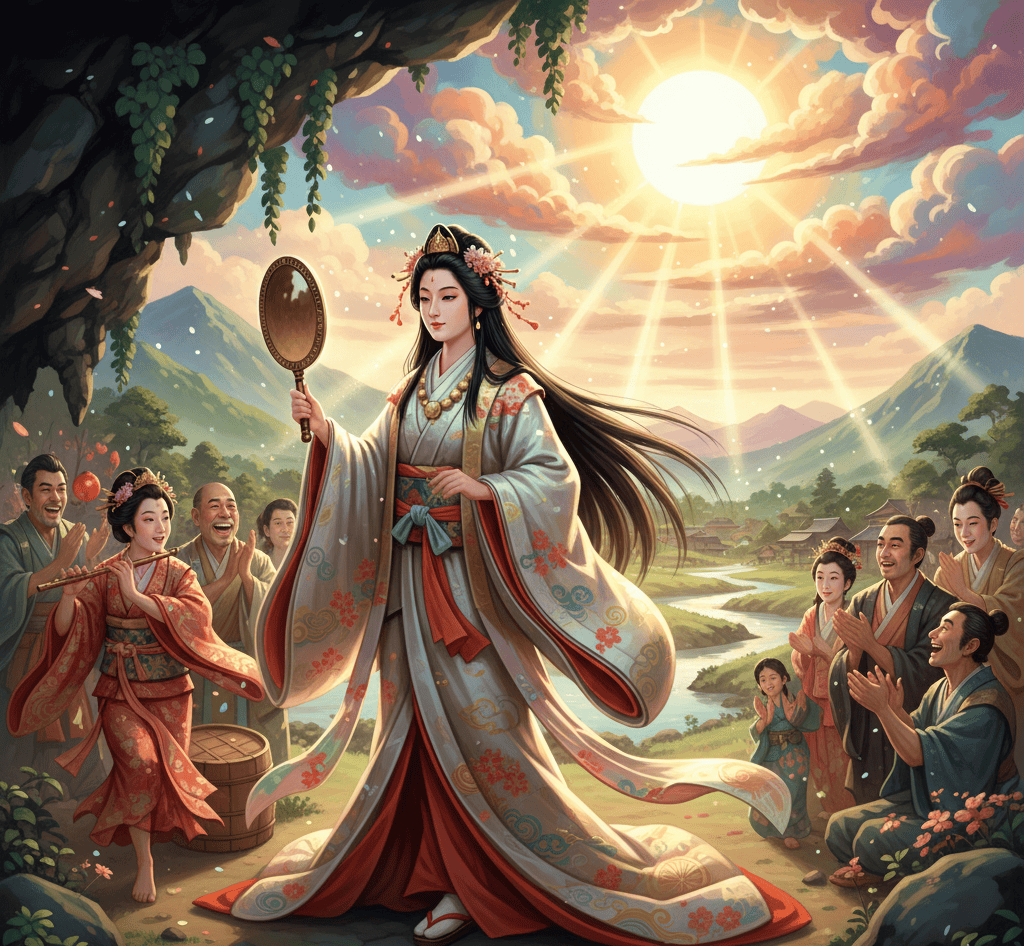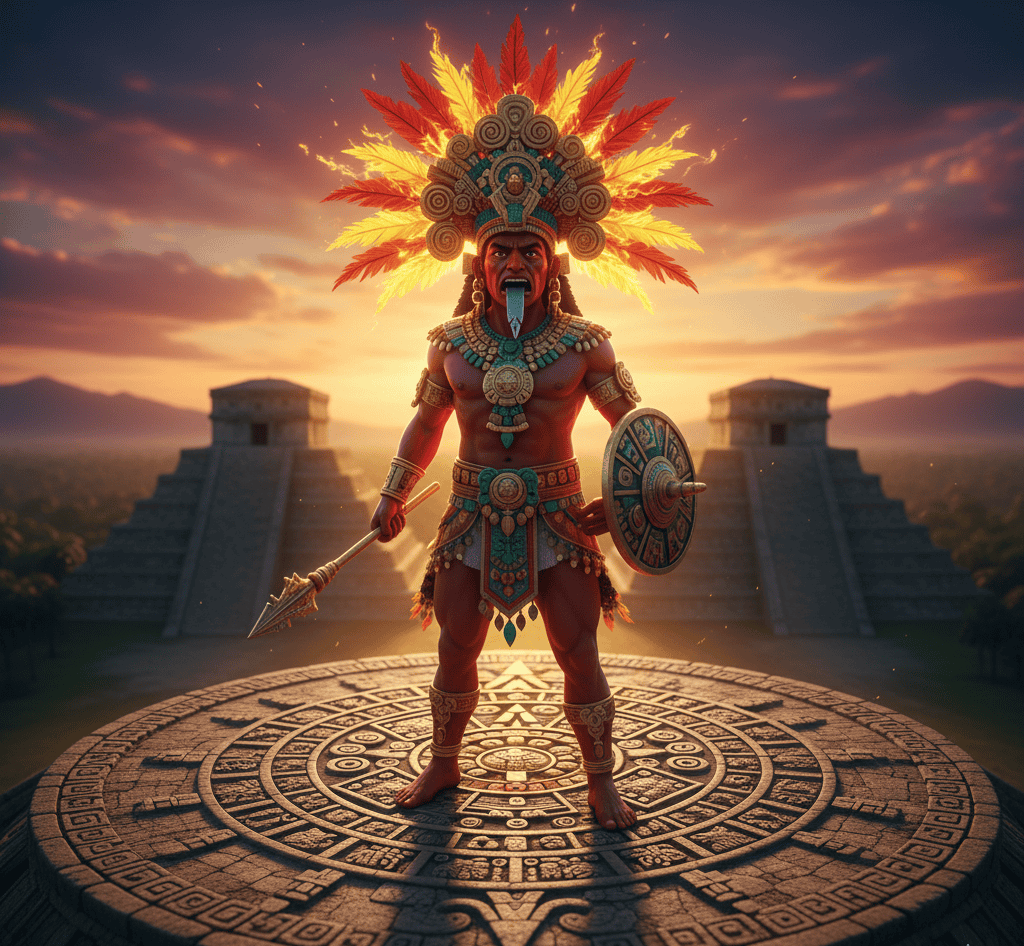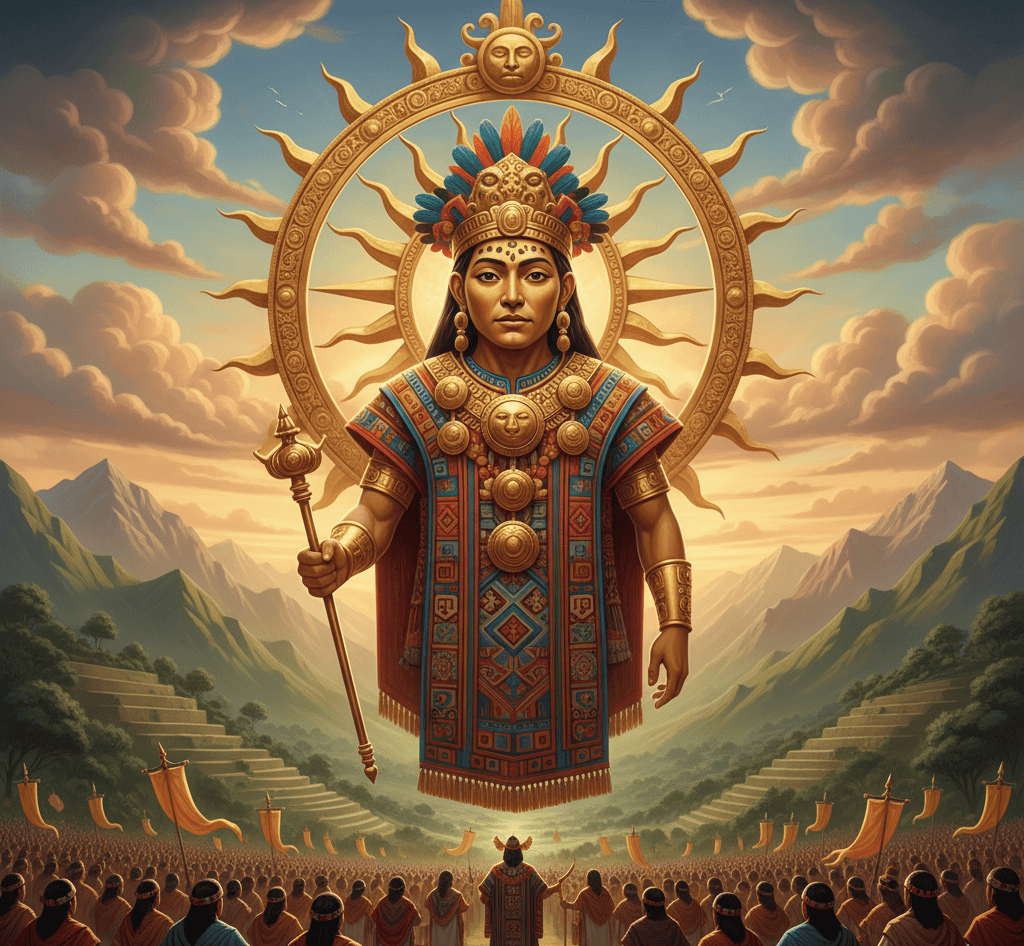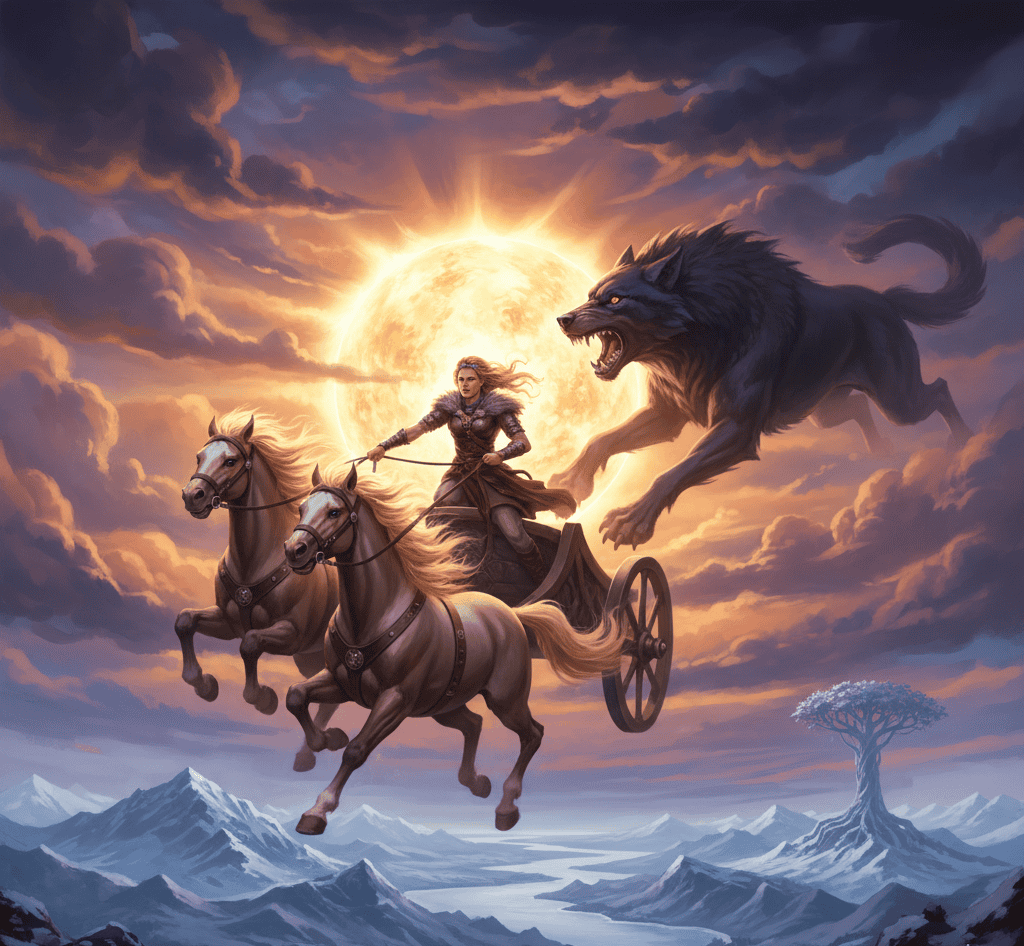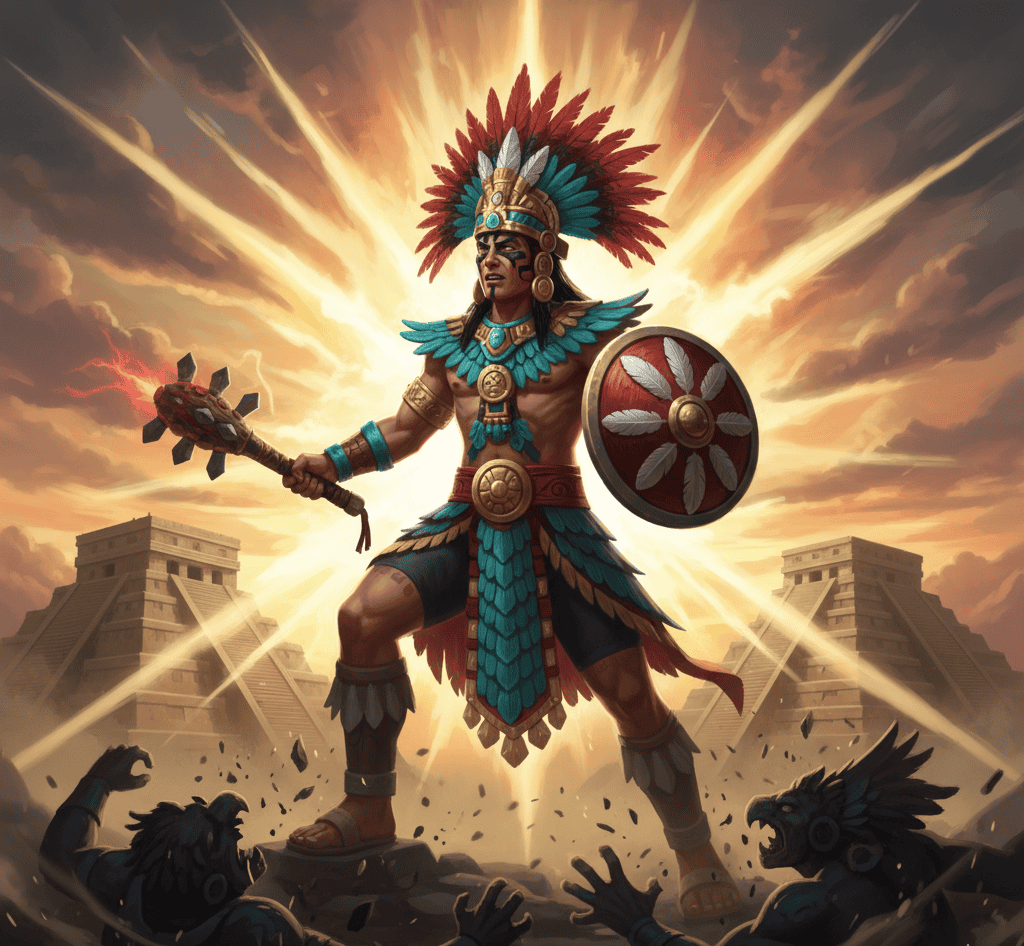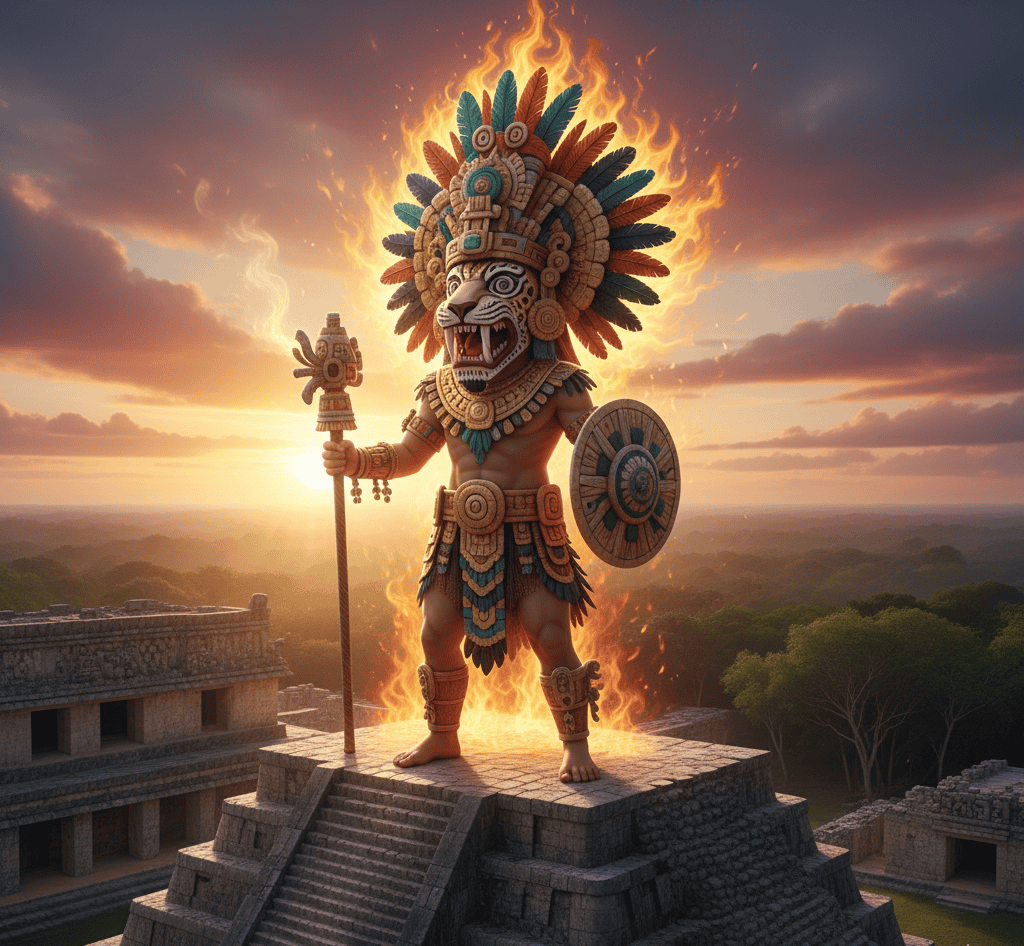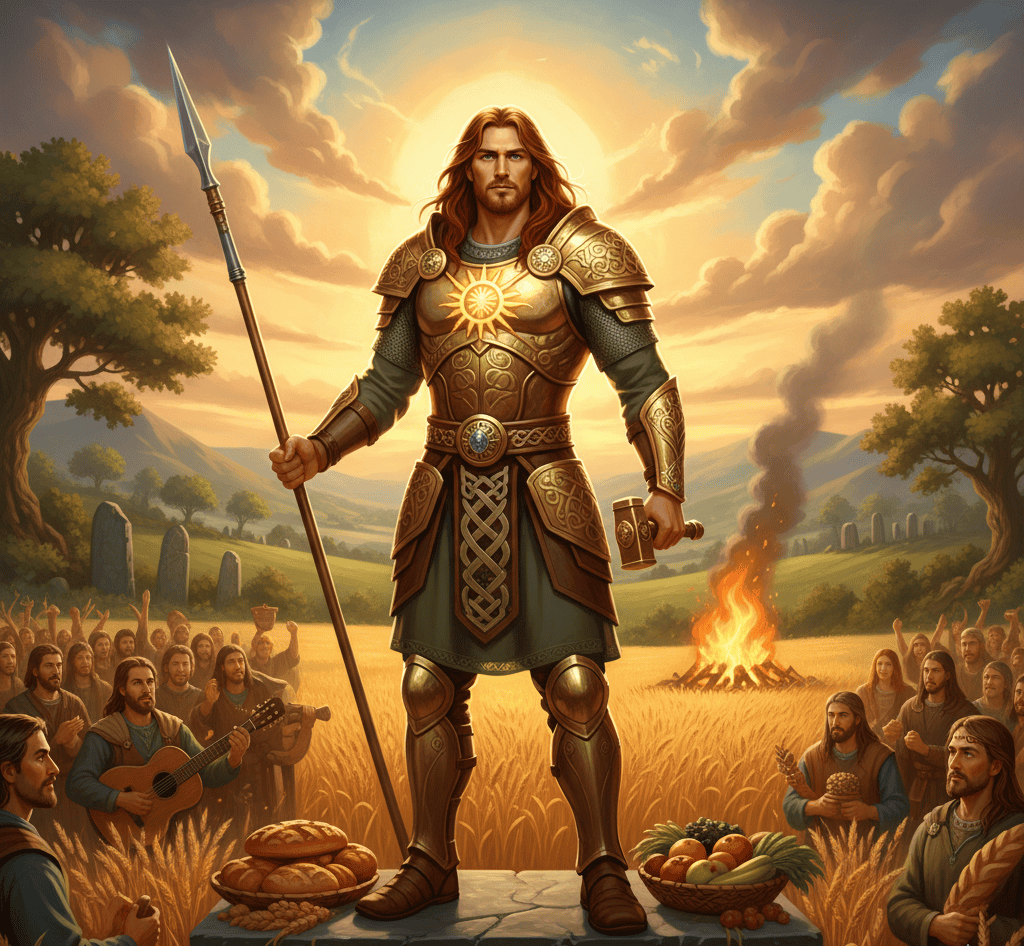The sun has always been one of the most powerful symbols in human history. It brings warmth, light, and life, but it also carries a sense of mystery and awe.
Across the world, cultures imagined mighty gods who embodied the strength of the sun, explaining its movements and weaving it into stories of creation, power, and destiny.
These sun gods were not just figures in the sky. They were protectors, rulers, and sometimes even destroyers.
Let’s explore ten incredible sun gods from different cultures and the fascinating myths that surround them.
1. Ra In Egyptian Mythology
Ra was the great sun god of Egypt, and for thousands of years, he was considered the most important deity in their vast pantheon.
Egyptians believed Ra sailed across the sky in a golden boat every day, spreading light to the world.
At night, he traveled through the dangerous underworld, fighting off chaos monsters to be reborn each dawn.
Ra’s daily journey symbolized renewal and the cycle of life. Pharaohs often associated themselves with Ra to claim divine right to rule, as if they too carried the light of the sun.
Even temples were built so that sunlight would shine directly on Ra’s statues at certain times of the year, reinforcing his sacred connection to the world.
2. Helios In Greek Mythology
Before Apollo became linked with the sun, the Greeks honored Helios as its shining driver. Helios was imagined as a radiant figure who rode a chariot pulled by fiery horses across the sky.
From sunrise to sunset, he never failed to guide his glowing steeds, ensuring the world received its daily light.
Helios was also known as an all-seeing god. Since he crossed the entire sky, no secret could escape his gaze.
This role as a witness made him powerful in myths where truth and justice were needed.
For example, in the tale of Aphrodite and Ares, Helios was the one who revealed their secret love affair. His brilliance was more than physical light. It was the light of truth.
3. Surya In Hindu Mythology
Surya, the sun god in Hindu tradition, is still actively worshiped today. He is often depicted with a shining crown and riding a chariot pulled by seven horses, which represent the seven colors of light or the seven days of the week.
Surya is not only a source of life and health but also of wisdom and spiritual awakening.
In many Hindu rituals, devotees honor Surya by offering water to the rising sun each morning.
This simple act, called Surya Namaskar, reflects gratitude and a connection with cosmic energy.
Surya is also linked to healing powers, believed to strengthen the body and mind through his radiant blessings.
4. Amaterasu In Japanese Mythology
Amaterasu is the Japanese sun goddess and one of the most beloved deities in Shinto mythology.
Her name means “shining in heaven,” and she is considered the ancestor of Japan’s imperial family.
Amaterasu’s story is filled with emotion and drama, showing both her brilliance and her humanlike personality.
The most famous tale tells how she once hid in a cave after a quarrel, plunging the world into darkness.
The other gods had to trick her out of hiding with laughter, music, and a mirror. When she emerged, light returned to the world.
This myth emphasizes how vital she was, not only as a goddess but as the very embodiment of sunlight and life.
5. Tonatiuh In Aztec Mythology
Tonatiuh was the Aztec sun god who demanded constant nourishment through human sacrifice. For the Aztecs, the sun was powerful but also dangerous.
Without offerings, Tonatiuh might refuse to rise, and the world could end. This belief shaped much of their society and religious practices.
Tonatiuh was imagined as a fierce warrior, blazing in the sky and driving the cosmic cycle.
The famous Aztec Sun Stone, often called the Calendar Stone, features his face at its center, reminding people of his importance.
Tonatiuh’s myth reflects how deeply the Aztecs saw the sun as both a giver of life and a relentless force that required respect and fear.
6. Inti In Inca Mythology
The Inca civilization in South America worshiped Inti as their sun god and believed he was the ancestor of their rulers.
Inti was not just a celestial figure but the very source of authority and order. The Sapa Inca, the emperor, was thought to be his child, chosen to rule with divine power.
Inti was honored with grand ceremonies, especially during the festival of Inti Raymi, which celebrated the winter solstice.
People offered golden treasures and sacrifices to ensure his continued blessing. In Inca culture, gold itself was seen as the “sweat of the sun,” a sacred gift directly tied to Inti’s radiance.
7. Sol In Norse Mythology
In Norse myths, the sun goddess Sol rode across the sky in a chariot pulled by swift horses. But unlike the serene journeys of other sun gods, Sol was constantly pursued by a great wolf named Skoll.
Every day was a chase, and the sun’s movement across the sky reflected her flight from the beast.
This myth captured the Norse sense of destiny and cosmic struggle. They believed that one day during Ragnarok, the end of the world, the wolf would finally catch and devour Sol.
Until then, her light was a fragile yet determined gift to the world, showing both the beauty and the fragility of life.
8. Huitzilopochtli In Aztec Mythology
While Tonatiuh represented the sun’s cosmic cycle, Huitzilopochtli embodied the sun as a warrior god.
He was central to Aztec religion and associated with both war and the rising sun.
According to legend, he was born fully armed and immediately defended his mother from his siblings, a dramatic symbol of light conquering darkness.
Huitzilopochtli was honored with some of the largest temples and most important rituals. Like Tonatiuh, he demanded offerings to fuel his power, which again often meant human sacrifices.
Through him, the Aztecs saw the sun as not just light and warmth but as a fiery warrior who needed to be fed to keep the universe in balance.
9. Kinich Ahau In Mayan Mythology
The Mayans honored Kinich Ahau as their sun god. He was often pictured with a broad, square face and large eyes, sometimes even shown with jaguar features to emphasize his fierce energy.
Kinich Ahau was believed to descend to Earth at noon, transforming into a macaw or another bird to receive offerings.
For the Mayans, the sun was a guide for time, farming, and sacred rituals. Their advanced calendars were closely linked to solar movements, and Kinich Ahau was central to this cosmic rhythm.
His presence reminded the Mayans of the deep connection between the heavens, the Earth, and human life.
10. Lugh In Celtic Mythology
In Celtic mythology, Lugh was a shining figure often connected to both the sun and skillful mastery.
He was a warrior, craftsman, and leader of the Tuatha Dé Danann, a race of divine beings. Lugh’s brilliance was said to come not just from light but from his ability to excel in every art and battle.
Lugh’s festival, Lughnasadh, celebrated the harvest and honored his role as a bringer of abundance.
The sun in Celtic tradition was not only about light but also about growth, victory, and creativity. Through Lugh, the Celts saw the sun as an inspiring force that encouraged both survival and celebration.

自出生以来,我一直感觉到自己与神灵有着紧密的联系。作为一名作家和导师,我的使命是帮助他人在最黑暗的时刻找到爱、幸福和内心的力量。

